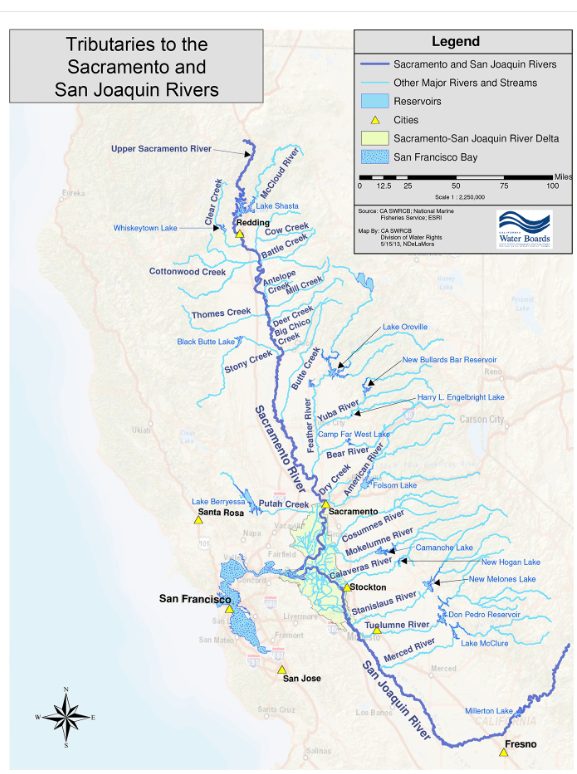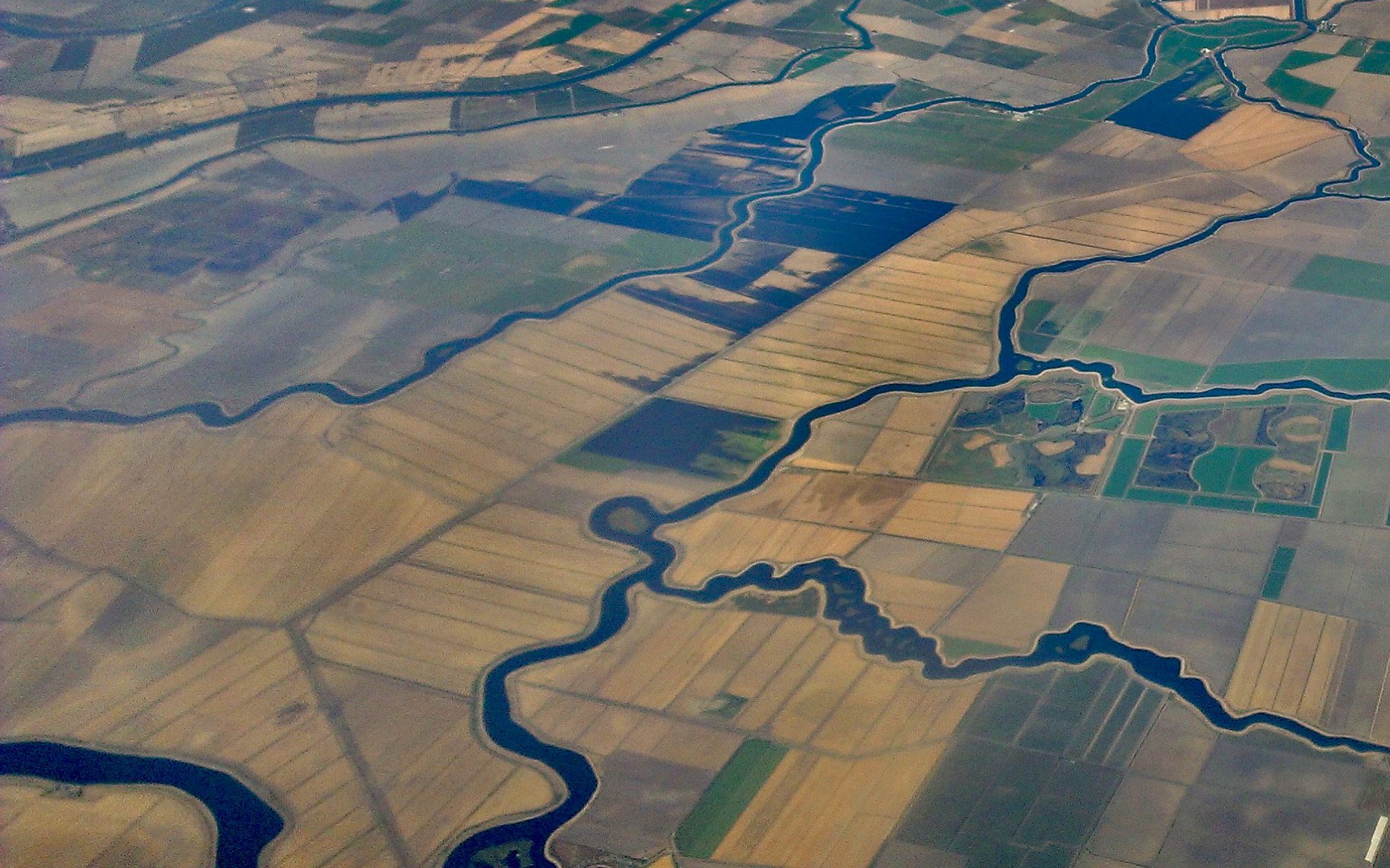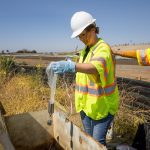- The updated Bay-Delta Plan includes the Healthy Rivers and Landscapes Program.
- More than 45,000 acres of aquatic habitat could be restored if adopted.
- Two options are offered for water users: a voluntary program or a flow-only approach.
- Newsom proposes new CEQA exemptions to speed up plan implementation.
Monday, July 28, 2025 — California is taking a major step toward modernizing its water management strategy with a proposed update to the Bay-Delta Water Quality Control Plan. Announced by Governor Gavin Newsom on July 24 , the plan integrates the Healthy Rivers and Landscapes Program into the decades-old Bay-Delta framework, promising a more balanced approach to ecosystem restoration and water supply reliability.
, the plan integrates the Healthy Rivers and Landscapes Program into the decades-old Bay-Delta framework, promising a more balanced approach to ecosystem restoration and water supply reliability.
The proposed plan, released by the State Water Resources Control Board, aims to enhance environmental conditions in the Sacramento River, Sacramento–San Joaquin Delta, and its associated tributaries. The update reflects current science and population growth projections, while also addressing climate pressures that have intensified since the plan was last meaningfully revised in 1995.
Two Regulatory Paths for Water Users.
If adopted, the plan would offer two options for water rights holders and agencies. One is to join the Healthy Rivers and Landscapes Program, a voluntary initiative that combines restored stream flows with habitat projects. The other is a flow-only option for those choosing not to participate in the broader program.
The Healthy Rivers and Landscapes Program was developed through a collaborative process involving local, state, and federal leaders. It focuses on voluntary agreements with water users, including cities, farms, and environmental groups. The goal is to produce tangible ecosystem benefits while offering some predictability in water allocations.
The plan was crafted after extensive consultation with public water agencies, tribal governments, environmental nonprofits, and local leaders. A public comment period will precede the State Water Board’s final decision.


Proposed Habitat Restoration and Funding.
Under the voluntary program, more than 45,000 acres of aquatic habitat would be restored to support fish and wildlife. The plan also calls for dedicating significant water volumes to environmental purposes.
Governor Newsom has secured $2.9 billion in funding commitments to support the program’s implementation over the next eight years. In addition to ecological benefits, the program is expected to enhance cooperation among regulatory agencies and allow for real-time decision-making grounded in environmental science.
California Natural Resources Secretary Wade Crowfoot emphasized that both streamflow and habitat are critical for healthy rivers. “This program will improve the health of our rivers by both restoring river flows and revitalizing habitat,” he said.
California Department of Water Resources Director Karla Nemeth praised the inclusion of voluntary agreements. “Working together, we will find new solutions to the old problem of balancing the needs of ecosystems and economies,” she said.
Legislation to Streamline Water Plan Approval.
Alongside the plan update, Governor Newsom introduced a legislative proposal to remove certain procedural requirements under the California Environmental Quality Act, often known as CEQA. The goal is to expedite water quality control plans by reducing duplication in the environmental review process.
The legislation was introduced as trailer bill language—a type of bill typically attached to the state budget to implement specific policy proposals. If passed, it would create a CEQA exemption for water quality control plans like the Bay-Delta Plan, making it easier and faster to adopt such plans without eliminating opportunities for public input.
Governor Newsom framed the move as part of a broader effort to eliminate unnecessary bureaucratic hurdles. “We’re done with barriers and obstacles to our state’s success,” he said . “We must work together to protect our natural resources for the benefit of the habitats and people of our state.”
. “We must work together to protect our natural resources for the benefit of the habitats and people of our state.”
More information about the draft Bay-Delta Plan update is available through the California State Water Resources Control Board.
is available through the California State Water Resources Control Board.


